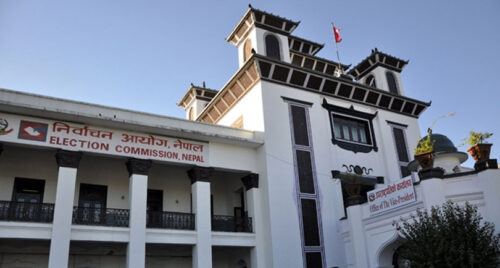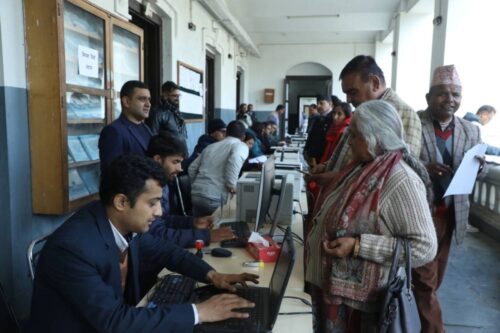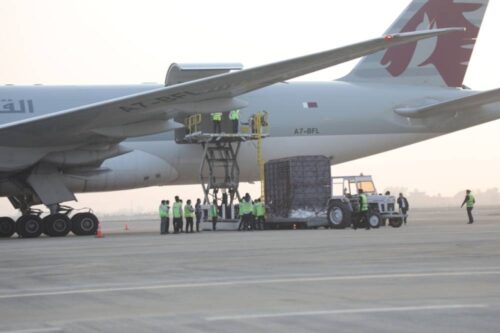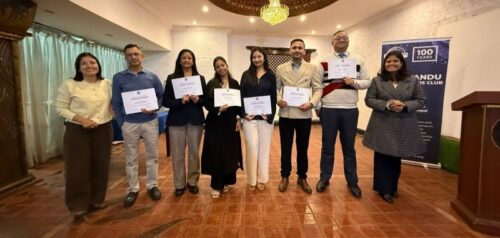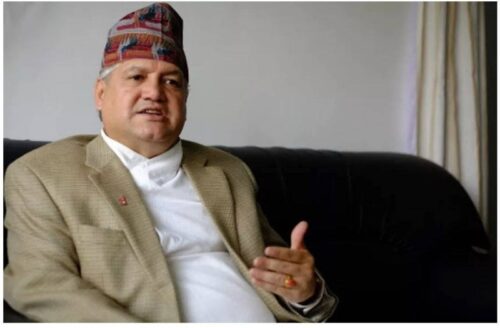Nepal’s tourism sector, shaken by the recent “Gen Z” protests that caused heavy damage to hotels, restaurants, cable cars, and aviation facilities, is charting a path toward recovery.
The unrest, which erupted in early September at the very start of the autumn travel season, disrupted visitor arrivals and left more than 30 hospitality properties partially damaged.
Despite an estimated loss exceeding Rs 25 billion and the displacement of some 2,500 tourism workers, the industry is regaining confidence as calm returns.
Stakeholders say Nepal’s experience in bouncing back from past crises-earthquakes, trade blockades, and the pandemic-offers a clear roadmap for revival.
The Ministry of Culture, Tourism and Civil Aviation, the Nepal Tourism Board, Hotel Association Nepal, and leading travel and trekking associations have launched coordinated efforts to restore Nepal’s image as a safe destination.
Plans include expanded public-private partnerships, targeted policy reforms, and proactive international outreach to reassure travelers.
Travel data reflect steady interest. By mid-September 2025, Nepal had welcomed 33,638 international visitors; August alone saw 88,680 arrivals. Annual arrivals reached 1.15 million in 2024, compared with 1.01 million in 2023, with the pre-pandemic peak of nearly 1.2 million visitors in 2019 still the benchmark.
The Nepal Tourism Board is preparing a global travel advisory to highlight the country’s safety and readiness. Drawing inspiration from Sri Lanka’s swift post-pandemic tourism rebound, officials aim to leverage digital promotion and stronger coordination with Nepali embassies abroad to accelerate recovery.
“Based on past experience, the tourism sector will rebound quickly,” said Nepal Tourism Board CEO Deepak Raj Joshi.
Tourism Secretary Hari Prasad Mainali added, “We have begun immediate reforms to restore Nepal’s image and spread the message that the country is safe.”
Industry bodies such as the Hotel Association Nepal and the Pacific Asia Travel Association’s Nepal chapter are coordinating with the private sector and Nepali embassies to promote Nepal as a secure destination.
Hotel Association President Binayak Shah stressed, “The tourist season has begun, and we must send positive messages worldwide. Nepal is safe and full of opportunity.”
Industry organizations stress that the coming months are critical for re-establishing Nepal as a premier adventure and cultural destination. With the autumn high season underway, tourism leaders say united action by government and private operators will ensure the sector soon regains its familiar vitality.




